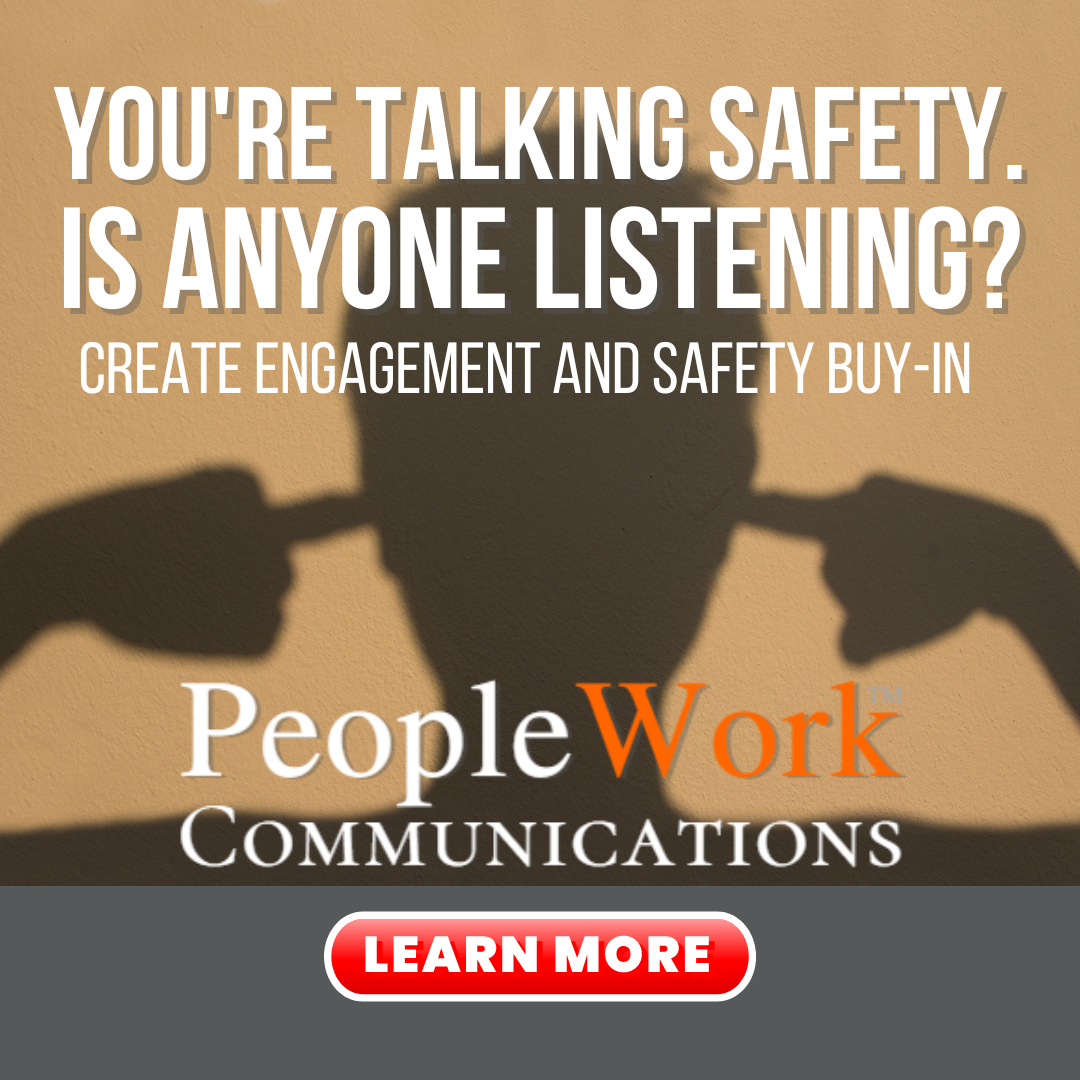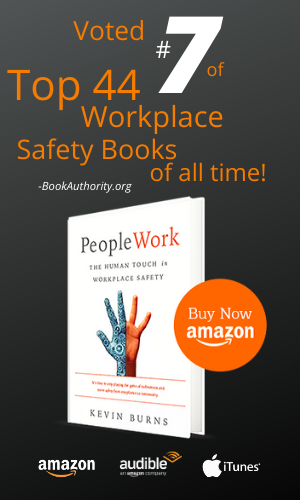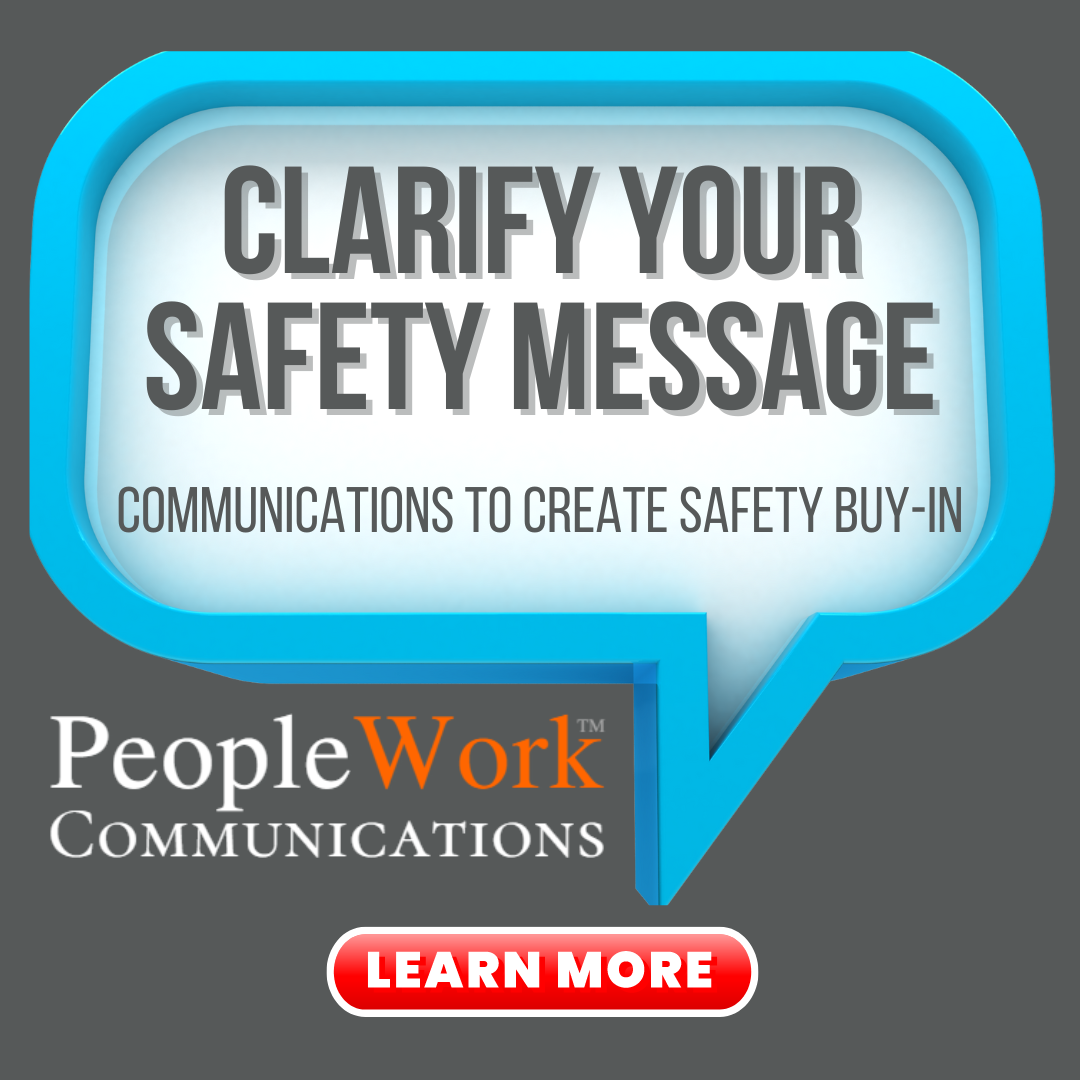Employees Are Unclear on Safety Goals
Before you assume that your team is slipping into safety complacency, you need to determine whether complacency is really the problem. It may not be.

In 2020, Gallup polling showed that 65% of North American workers were not actively engaged in their work. 20 years previous (2000), that number was 74%. In twenty years, the engagement rate of employees has only improved by 9 points.
Employees are not fully engaged in their work. And yet, you expect your people to be actively engaged in safely doing the very work that they are not actively engaged in?
Disengaged from company goals
Franklin Covey’s research on engagement showed this:
- Only 15% of employees could name one of the top three company goals.
- Of those who could name one goal, only 51% were actually committed to achieving it.
- 81% of employees feel they are not held accountable by their supervisors to progress against company goals.
- Disturbingly, 87% of employees had no idea what to do to help the company achieve the goals.
When your employees can’t articulate your goals, and they don’t feel that they align with the goals, and they don’t think they’re being held accountable to achieve the goals, and they don’t know what they’re supposed to do to help you achieve the goals, that’s not complacency.
There is a disconnect between articulating the company’s goals and getting buy-in to those goals by employees.
If only 15 percent of employees can recall even one of the company goals, and 87 percent have no idea how to achieve any of the goals, that’s not complacency.
Disengaged is not complacent.
Complacency is defined as a smug satisfaction with performance and achievements. But if an employee is disengaged from their work, you cannot accuse them of being complacent.
In order for employees to become complacent, they would need to have been already engaged with safely doing their work right up to the point where they allowed their performance to slide. Employees who have a history of being engaged in their work don’t just suddenly stop being engaged - at least not long enough for it to be considered complacency.
In order for safety complacency to take root, your organization needs to be a consistent high performer in safety. Your people need to have the skills, the leadership, the communications, the coaching, and the motivation to want to perform at the top in safety.
Then, once they start to become comfortable with their consistent high performance, that’s when you can consider a slide in performance to be complacency.
How to overcome the 87% issue.
As the Franklin Covey stats point out above, 87% of employees are not even aware of how to help the company achieve its goals. That’s a communications and messaging problem. And because the communication is not clear, supervisors are unsure of how to support the message in the field. If employees are unclear, and supervisors are unclear, employees will feel aimless.
You will not get high achievement nor high performance in safety from your employees without improved employee engagement and buy-in. You need clarity in communications, and ensuring supervisors have the proper leadership skills to support the safety program.
In other words, you need a 3-Step Plan:
Step 1: Clarify your message.
If employees don’t know the company’s goals, and don’t know how to help the company achieve its goals, communication needs to be clearer. In fact, a shorter and simpler message is easier to understand and much easier to recall. What exactly to do you want employees to do to help you achieve your safety goals? Have those goals been spelled out clearly to employees? Will all employees be able to recall the goals and their role within the goals at a moment’s notice? Clarity of message is important.
Step 2: Build supervisor support for the safety message.
Supervisors are the first line of defense when employees have a question or need clarity in their work. That means that your supervisors are going to carry the lion’s share of responsibility in clarifying expectations, setting standards, ensuring processes and procedures are followed, and coaching each employee to improved performance. Have you set your supervisors up to carry that load? Are your supervisors committed to the goals of the company without reservation? Are they clear on their role in accomplishing the goals? You need supervisor support.
Step 3: Get employee buy-in to safety goals.
The greatest numbers of employees are at the front-line. The greatest amount of activity occurs at the front-line. The greatest potential for safety incident also occurs at the front-line. So, you need front-line employee buy-in to the company’s safety goals. You can achieve that only after completing Steps 1 and 2 – in that order. But do Steps 1 and 2 right, and Step 3 will be easier to accomplish.
The 3-Step Plan outlines, in detail, the programs available to help you accelerate clarifying your safety message, building supervisor support, and getting employee buy-in.






